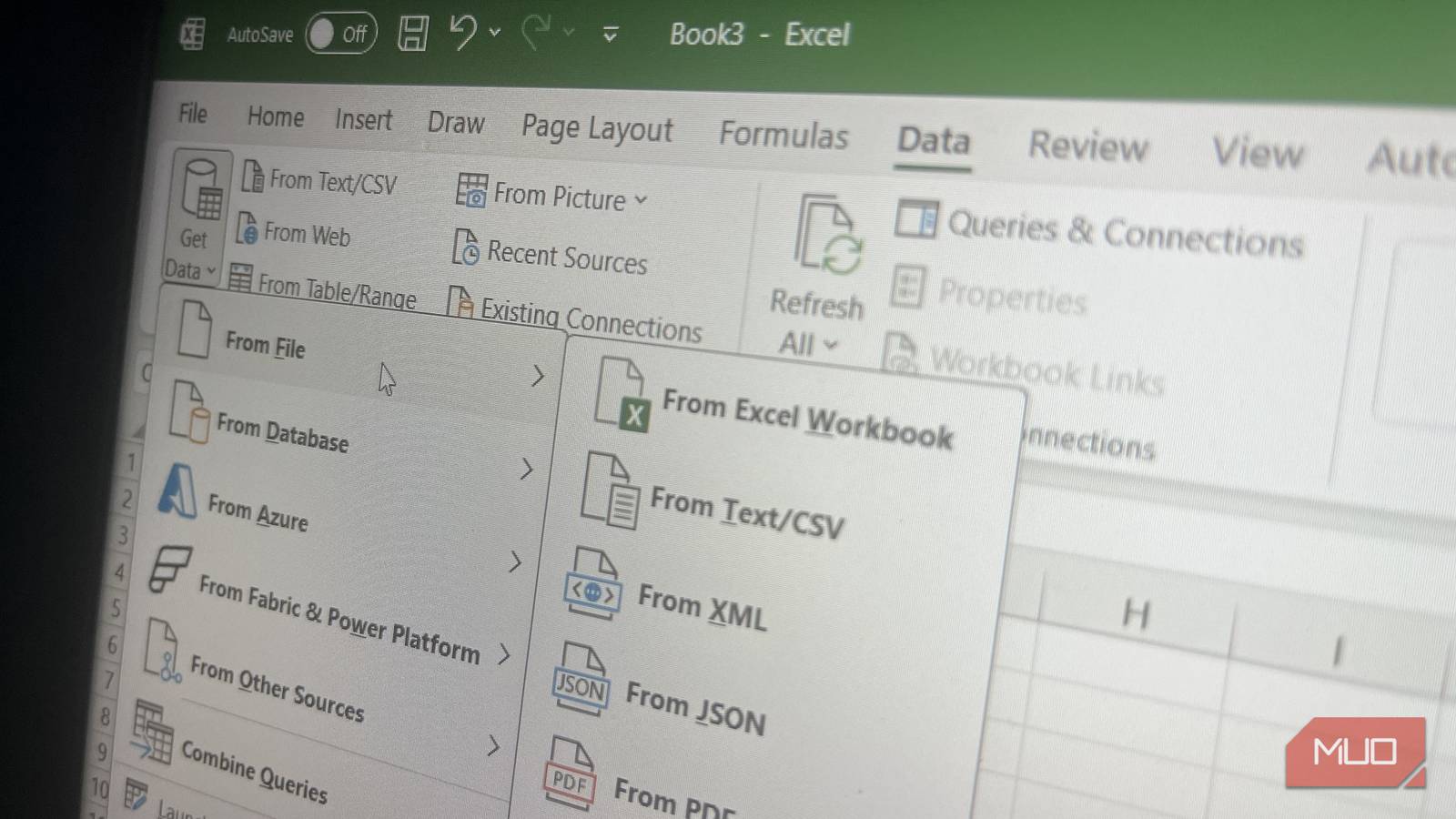Hackers never sleep, so why should enterprise defenses? Threat actors prefer to target businesses during off-hours. That’s when they can count on fewer security personnel monitoring systems, delaying response and remediation.
When retail giant Marks & Spencer experienced a security event over Easter weekend, they were forced to shut down their online operations, which account for approximately a third of the retailer’s clothing and home sales.
As most staff are away during off-hours and holidays, it takes time to assemble an incident response team and initiate countermeasures. This gives attackers more time to move laterally within the network and wreak havoc before the security team reacts.

While not every organization may be ready to staff an in-house team around the clock, building a 24/7 SOC remains one of the most robust and proactive ways to protect against off-hours attacks. In the rest of this post, we’ll explore why 24/7 vigilance is so important, the challenges of achieving it, and six practical steps 24/7 SOC success.
Importance and challenges of a 24/7 SOC
A SOC is central to an organization’s cyber defense. It plays a key role in detecting, investigating, and responding to potential threats around the clock, providing real-time threat detection and resolution. Add in automation, and it only gets better, especially when everyone is away celebrating or concentrating on their weekend chores.
But running a 24/7 SOC isn’t straightforward. It requires a perfect balance of proven processes, advanced tools, and skilled professionals.

Proper planning and automation is key
Wherever security professionals can’t keep up with the demands of a changing attack surface, AI can make a difference. Together with the right people and processes in place, AI enables efficiency by automating threat detection, resulting in faster response times and enhancing your overall security posture. Let’s look at building the right processes and where AI fits in.
6 step approach for building a 24/7 SOC
Running a successful SOC comes down to the following six measures your organization will need to realize.
1. Build a foundation specific to your organization
Establishing a robust 24/7 SOC starts with defining a clear mission and scope that’s aligned with overall business goals. Having a clear strategy helps determine security coverage requirements.
As budgets will dictate who gets hired and what security tools are integrated, making a strong case for 24/7 security monitoring is critical. Given recent examples of cyberattacks with devastating consequences, this shouldn’t be difficult.
The best SOC model for your business will depend on its risk profile, compliance and industry requirements, and available resources. The SOC’s scope and objectives will also be business- and industry-specific. For example, a healthcare provider will prioritize protecting patient data to ensure compliance with HIPAA, while a retailer will concentrate on PCI DSS.
Also, whether you choose an in-house, hybrid, or outsourced model, security teams should leverage AI. It can scale your model to optimize security operations and help defend against rapidly evolving threats. For example, a hybrid SOC with AI-powered SOC analysis can be highly efficient.
2. Build the right team and train them well
Organizations have to create a team that’s up to the task of facing security challenges. Hiring managers should focus on a mix of junior analysts and seasoned responders, as diversity helps foster collaboration.
SOC teams often follow a three-tiered structure of Tier 1 analysts for alert triage; Tier 2 analysts responsible for investigation and response; and Tier 3 analysts for strategy, advanced threat hunting, proactive detection, and AI tool optimization. If resources are limited, a two-tier model can also be effective—Tier 1 handles triage and initial investigation, while Tier 2 takes on deeper analysis, response, and strategic functions. This approach can still deliver strong coverage with the right tooling and processes in place.
It’s also better to hire internally whenever possible. Develop an internal talent pipeline and budget for ongoing training and certification for those who want to upskill. For example, team members can learn to use AI tools to overcome SIEM’s costly log management and SOAR’s complex configuration challenges.
3. Be smart about shift rotations to avoid burnout
Hire more analysts than you think you’ll need—many are paid per shift, and having a bench ensures you can rotate effectively, cover unexpected absences, and reduce pressure on your core team. This approach gives you flexibility without overextending your staff.
Security professionals also need variety to keep things interesting and stay engaged. So, regularly rotate responsibilities like alert triage, playbook review, and threat hunting.
Note: Make sure to establish clear handoff protocols to encourage overlapping handover periods. This helps nurture an environment of context sharing between teams.
As fatigue often leads to a staffing exodus, automation can play a vital role in retaining top security talent. Use AI to reduce the team’s workload, automating repetitive tasks like log analysis or phishing triage.
Wellness programs can offer a big boost, too. Encouraging work/life balance and establishing anonymous feedback channels will improve retention. Also, schedule downtime and encourage actual breaks. Make sure to emphasize that there’s no reason to work through scheduled breaks unless there’s an active incident.
Lastly, rewarding team members and recognizing wins are important. These boost job satisfaction, helping you retain talent.
4. Choose the right tools
Thoroughly research and choose AI-driven security tools that fit your specific business needs and security requirements. It’s also imperative to consider different variables like cost and complexity before settling on a tool.
For example, SIEMs like Splunk are known to have scaling challenges and high log management costs. This can be unsustainable in multi-cloud environments. Elastic’s Attack Discovery is also known to have a lot of false positives, forcing analysts to manually validate outputs.
Although many AI-powered tools minimize manual effort, they still require significant setup, rule tuning, data onboarding, and dashboard customization. Some features may also require analysts to configure data sources and interpret results. Many SOC tools are static, with pre-trained models for just a handful of use cases.
Existing SOARs additionally require considerable configuration and maintenance, while their static playbooks can’t adaptively learn to deal with new threats.
Radiant is one alternative. Its adaptive AI SOC platform ingests, triages, and escalates when an alert is deemed a true positive. It will then respond fast to actual threats and various security use cases.
Aside from being cost-effective and requiring no maintenance, Radiant integrates back into customers’ environments for 1-click or fully automatic remediation (once the SOC team is confident with Radiant’s recommendations). Plus, it doesn’t require audits or retraining to stay on top of the latest malware.
5. Cultivate a culture of continuous learning
While security leadership should encourage post-mortems, they need to avoid assigning blame. Every security event has much to teach us, and organizations need to actively store this information in a knowledge base.
Continuous learning is your ticket to staying ahead of threats. So, make sure to offer seamless access to research and training, and sponsor certifications like GIAC Intrusion Analyst certification (GCIA) and Offensive Security Certified Professional (OSCP).
Create a team culture where members cross-pollinate knowledge and build trust. Hold regular threat briefings and security drills (e.g., red team vs. blue team simulations) to identify process gaps and improve escalation paths.
These drills will help each team member quickly act if the organization comes under attack. It’s also important to practice coordination with Legal, PR, and IT teams. Tabletop exercises for executives, i.e., testing the decision-making process under pressure, are also a great idea.
6. Governance, metrics, and reporting
Define success metrics, including MTTD/MTTR, AI accuracy, and false positive rate. Faster detection limits damage, and rapid response minimizes the impact of an incident. If the AI is highly accurate, it helps build trust in automation. At the same time, low false positives reduce analysts’ workload.
Equitable workload distribution and alert volume across SOC shifts ensure balance and lower the risk of burnout. Tracking incident statistics isn’t enough. You also have to continuously monitor employee well-being: A healthy SOC team means high morale and consistent performance.
For all the above, real-time dashboards and monthly reviews are a must. Provide visuals whenever possible and include deep dives for team leads. SOC managers and T3 analysts need comprehensive insights to optimize tools, better align compliance and business risk, and manage team health.
Conclusion
The synergy of skilled personnel, streamlined processes, advanced AI, and integrated tools is the underlying force that keeps your company name out of the headlines.
A 24/7 AI-powered SOC protects organizations from rapidly evolving, advanced, persistent threats. It will help you successfully address the limitations of SIEMs, SOARs, EDRs, and SOC co-pilots through the seamless integration of automation, people, processes, and tools.
Radiant’s unique adaptive AI SOC platform streamlines processes and empowers analysts, threat hunters, and security specialists. The platform’s no-retrain automation and >95% accuracy help SOC teams overcome a variety of hurdles: EDR’s limited scope, co-pilots’ analyst dependency, SIEM’s costly complexity, and SOAR’s manual playbooks, to name a few.
It’s also scalable and cost-effective with a wide range of integrations.
If you want to see Radiant in action, it’s just a click away. Book a demo today.










